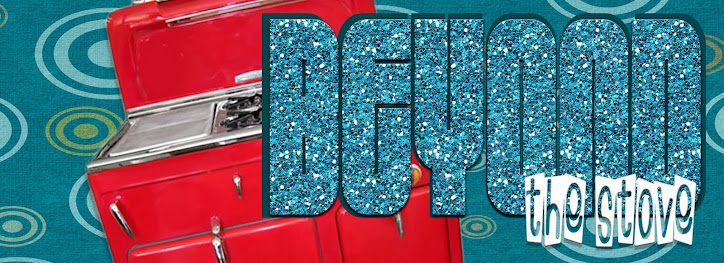One of the most important items in your cupboard is salt, which comes from two sources; from underground sea salt beds that have been trapped for thousands of years (most of our common salt comes from here) and from the earth’s seas, called sea salt.
I’ll explain a little bit about each.
Table salt- Used on the table or at the stove to salt our food this salt is finely ground and contains some additives to keep it free flowing
Course salt- As the name implies is a larger grind of salt. This is what is used on pretzels.
Iodized Salt- Iodine has been added to the salt as a necessary nutrient for the body to prevent hypothyroidism. There is also a small amount of sugar (dextrose) added to prevent oxidation of the iodine.
Kosher salt- This salt is also a coarse grind which contains no additives.
Rock salt- This is a chunky, grayish looking salt used in ice cream machines, and is not usually edible, it being a less refined mined salt.
Celtic Salt- A very expensive salt that is harvested from Solar evaporation from the Celtic Sea. It is said to be of a mellow slightly sweet flavor.
Sea Salt- Of fine or coarse grind, this salt is distilled from sea waters, but is a less costly version of Celtic Salt. It is considered by some to be nutritionally better than rock salt because of natural mineral content. It has a stronger flavor than table salt.
Pickling salt – This is a fine grained salt with no additives, and is used in brines to pickle foods. Because there are no additives the brine remains clear.
Seasoned salt- Herbs and spices are added to this salt to make combinations, such as garlic salt, and onion salt.
Great Uses for Salt
I read that there are more than 14,000 uses for salt. And I thought it was just added to make our food taste better. Salt naturally prohibits the growth of bacteria and mold, so it can be used in many areas of your home. Here are a few for you to try. Let us know how they work for you!
In the Kitchen
Prevent browning – Peeled apples, pears and potatoes will keep their color when dropped in lightly salted cold water.
Peeling eggs - Boiling eggs in salted water will make eggs peel easily.
Clean sponges - Give sponges new life by soaking them in cold saltwater after they are washed.
Keep milk fresh - Add a pinch of salt to milk to keep it fresh longer
Remove onion odors from hands - Rub fingers with salt moistened with vinegar.
For Health
Gargle- Stir ½ teaspoon salt and ½ teaspoon soda in an 8 ounce glass of warm water and use as a gargle for sore throats. Noses are known to contain lots of germs. Use the same solution to rinse your nose with a nose or netti pot. ( I try to do this everyday during the winter. It helps to prevent sinus problems and stuffiness.)
Relieve bee stings - If stung, immediately wet the spot and cover with salt to relieve the pain.
In the Laundry
Remove perspiration stains - Add four tablespoons of salt to one quart of hot water and sponge the fabric with the solution until the stain disappear.
Brighten yellowed cottons or linens - Boil the yellowed items for one hour in a salt and baking soda solution.
Deodorize shoes - Sprinkling a little salt in canvas shoes occasionally will take up the moisture and help remove odors.
Fun with the kids- Make your own play dough, for a small price. Here’s a recipe.My Grandkids love playing with this!
PLAY DOUGH
1 cup Flour
1 cup Water
1 Tablespoon Oil
½ cup Salt
1 Tablespoon Cream of Tartar
Food Color (optional)
Cook over medium heat until mixture pulls away from sides of pan and becomes like playdough in consistency. Knead until cool. Keeps 3 months unrefrigerated.
Friday, January 22, 2010
Subscribe to:
Post Comments (Atom)

No comments:
Post a Comment